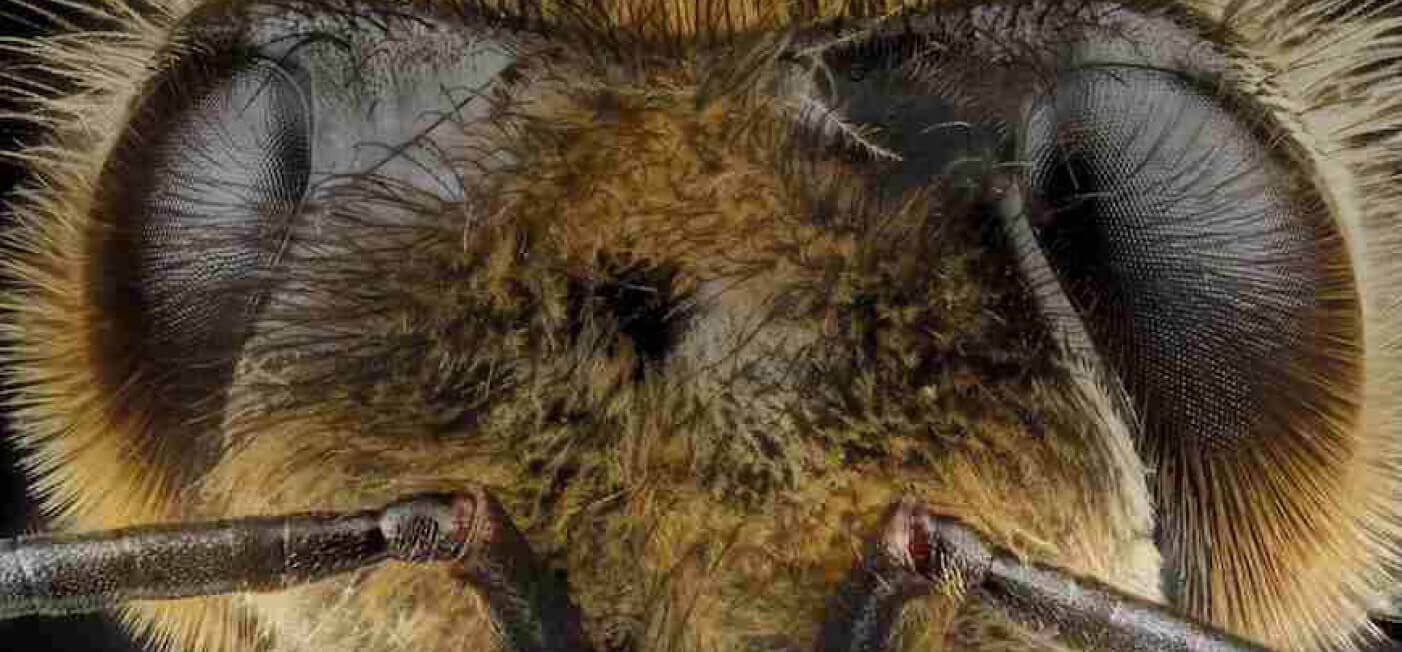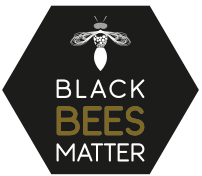THE SICILIAN
BLACK BEE

Among the many species of bees present in nature, a particular one in Italy, deserves special attention: The Sicilian Black Bee.
Known as Sicilian Apis mellifera, it is a giant black bee, with a very dark abdomen, a yellowish down and small wings, unlike the Ligustica bee which has a yellow livery with black stripes.
It is very industrious, has a tendency to swarm and is a heavy user of propolis; it is not genetically modified, nor an exotic species.
It is an ancient insect, found specifically in Sicily, with its natural distribution areas in the provinces of Trapani and Palermo.
Sicily has been the home of the Black Bee for millennia, but it was in danger of extinction after being abandoned in the 1970s. Sicilian beekeepers got rid of their traditional, rectangular beehives made from dried fennel stalks and began importing the ‘Apis mellifera ligustica’ from northern Italy. Continual use of chemicals in agriculture, also contributed to its near-extinction.
Fortunately, this was prevented by the research of a Sicilian entomologist, Pietro Genduso, who studied them for years, after the classification of the species by Montagano in 1911. Genduso transmitted his passion to a student, Carlo Amodeo, who is still a breeder of pure Sicilian queen bees and one of the founding members of the Associazione Allevatori Apis Millifera Siciliana, of which Nero d’Ape is an associate.
the associazione allevatori apis millifera siciliana
Established in 2012, this voluntary and nonprofit Association promotes the protection and conservation of the native Sicilian Apis Mellifera species, in order to prevent its extinction and increase its genetic variability.
It implements numerous initiatives for the benefit of its associates, by organising conventions, conferences, courses, studies and research, in relation to various issues. These include the breeding techniques of queen bees, pure breeding, the management of protected areas for the protection of the genetic heritage of the Sicilian Apis Mellifera and many more.
Tutti i diritti sono riservati |
Per info rivolgersi a segreteria.direzione@cclab.it |
segreteria.direzione@cclab.it |
P.IVA 15098701004 |
Cookies & Privacy Policy |
Designed by CC LAB Consultant Ltd




